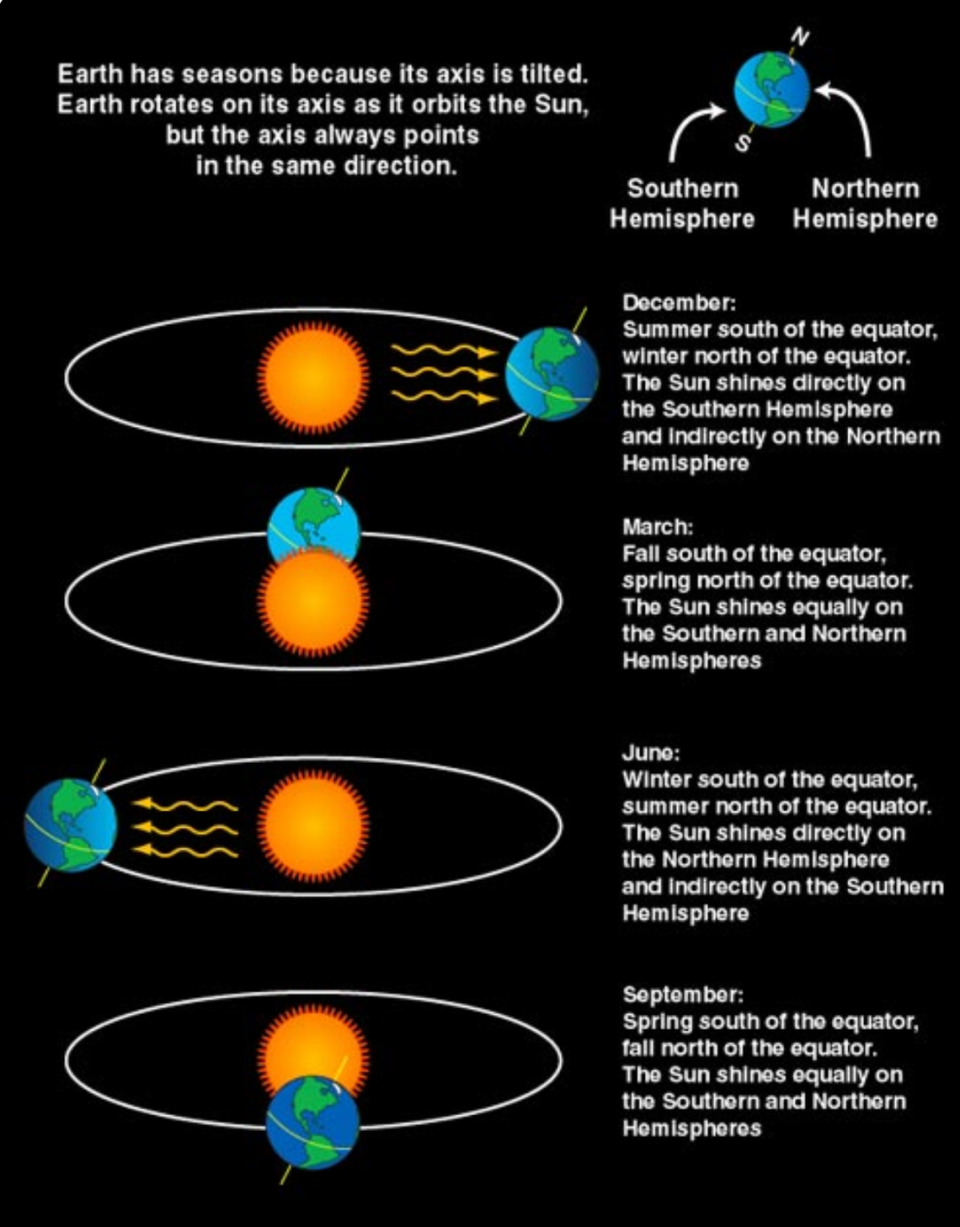Tired of driving home in the dark? Here’s when Kentucky will start getting more daylight
If you’re missing the sun on your evening commute home, you won’t have to hold out much longer.
Starting later this month, Kentucky will gradually begin to see more daylight, and by the vernal equinox March 20, the day will be 12 hours long.
Here’s when you can expect your drive home from work to get a little bit brighter and what to know about the winter solstice.
What is the winter solstice and when is it?
In the Northern Hemisphere, the winter solstice marks the first day of winter and falls in December. In the Southern Hemisphere, the winter solstice occurs in June.
Earth’s solstices come twice a year, and because the planet spins like a top that wobbles back and forth, these solstices take place on different dates depending on which half of the planet you’re on. When one half begins to veer toward the sun, summer is on its way. Conversely, when it wobbles in the other direction, winter is coming.

For the Northern Hemisphere, the summer solstice occurs in June, while the winter solstice happens in December. The opposite is true for the Southern Hemisphere, the summer solstice takes place in December and the winter solstice in June.
The winter solstice marks the shortest day and the longest night of the year. After the winter solstice, each day will gain a little more daylight as the Northern Hemisphere begins to slowly wobble toward the sun once again.
The change is difficult to notice right away. Initially we’ll only gain a few extra minutes of daylight. But for many cultures around the world and throughout history, the passing of the winter solstice is significant in that it symbolizes the triumph over darkness and the rebirth of the light.
In the Northern Hemisphere, the winter solstice occurs between Dec. 21 and 22. This year, it falls Dec. 21 at exactly 10:27 p.m. Eastern Standard Time, according to the Old Farmer’s Almanac.
According to global online clock Time and Date, December solstices can occur the 20th, 21st, 22nd or even the 23th of the month. The last Dec. 23 solstice occurred in 1903, and the next is expected in 2303.
When will Kentucky see more daylight?
In Lexington on Dec. 21, the sun will rise at 7:50 a.m. and set at 5:21 p.m.
After the solstice, we’ll gain a little less than a second of extra daylight, according to Time and Date, but the length of the day will slowly grow from that point forward.
By the time we reach the vernal equinox March 20 — when the day and night are roughly equal in length — the sun will rise at 7:40 a.m. in Lexington and set at 7:50 p.m.
Do you have a question about Kentucky for our service journalism team? Submit yours via the Know Your Kentucky form below or email us at ask@herald-leader.com.

